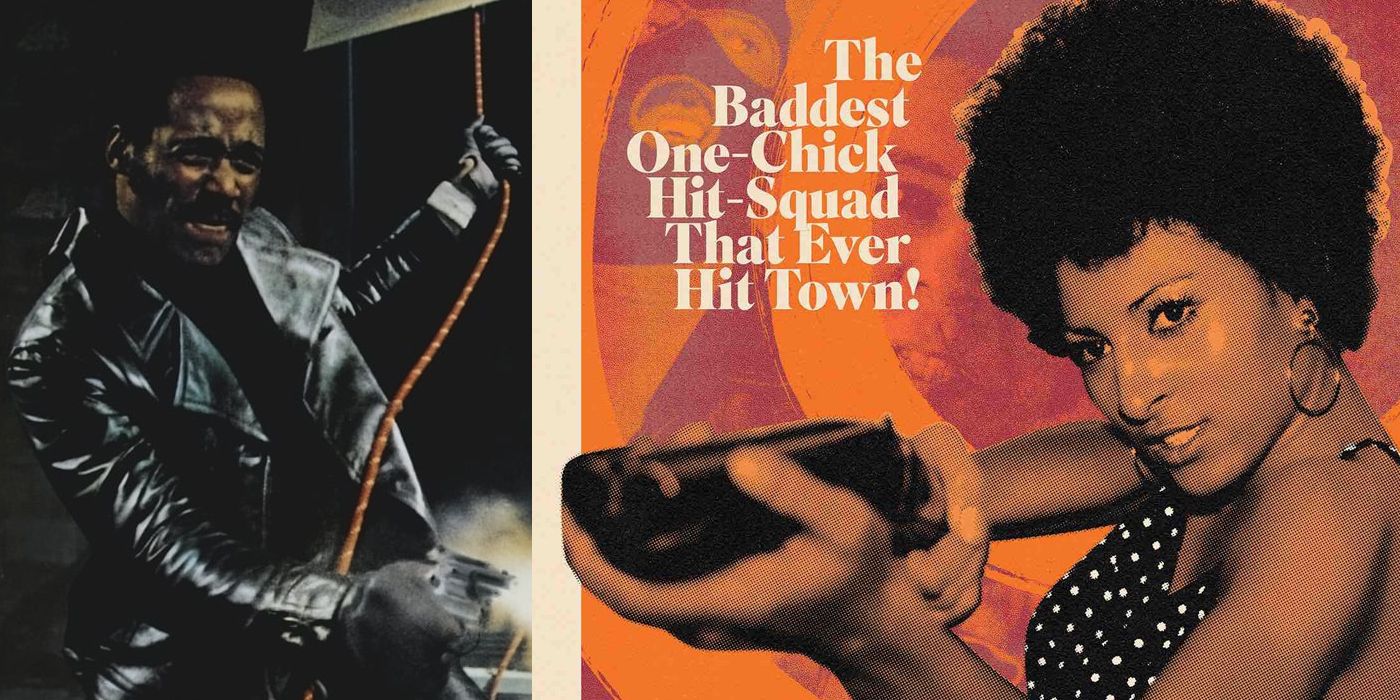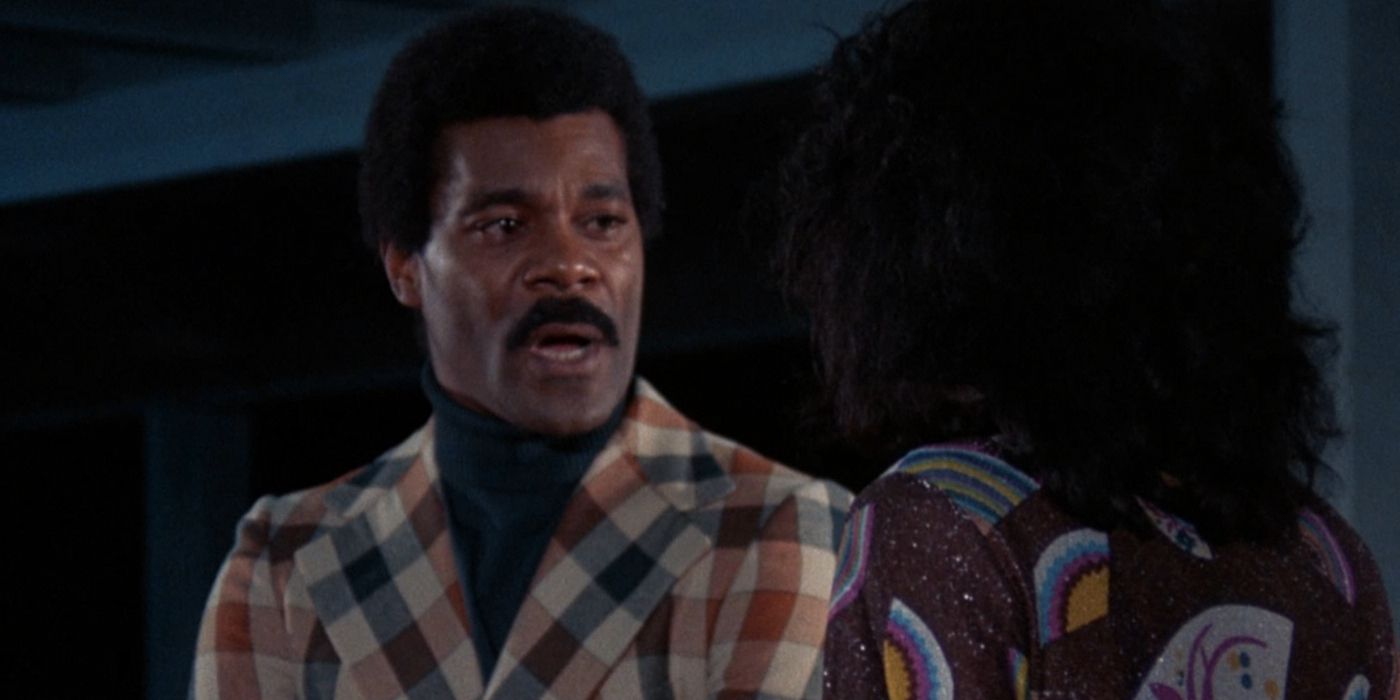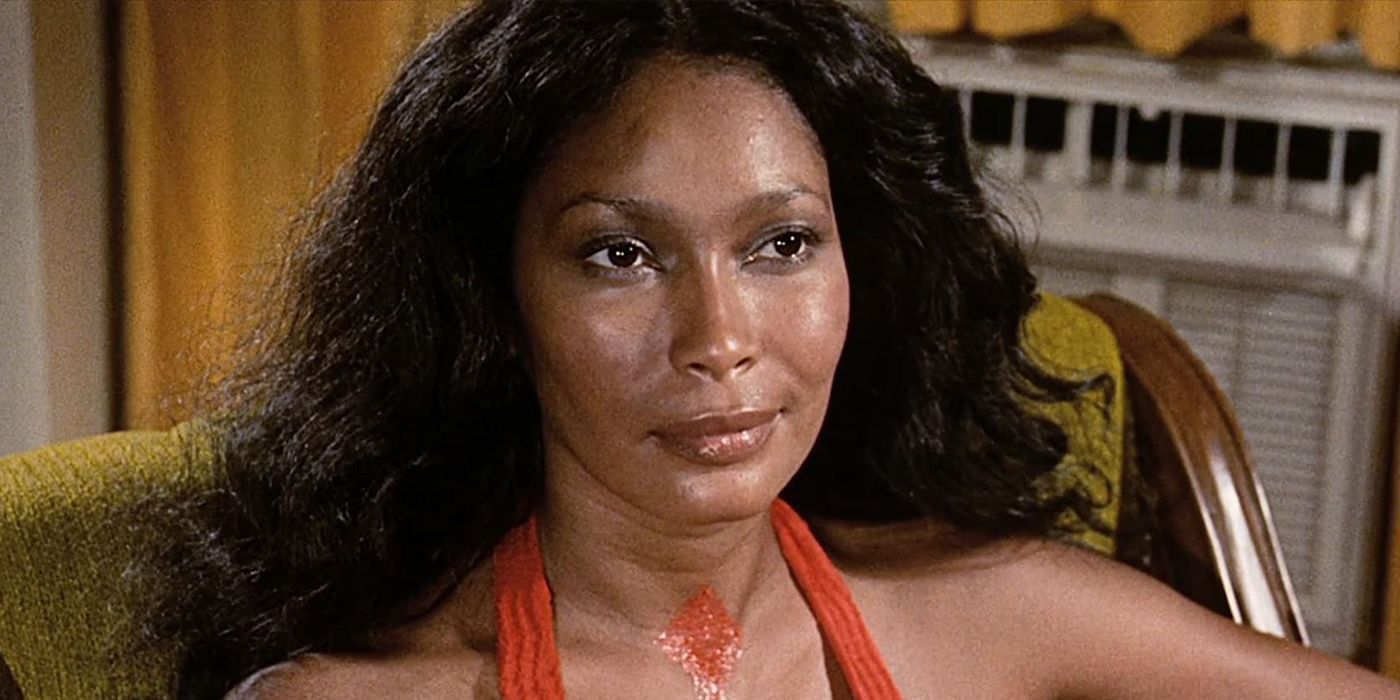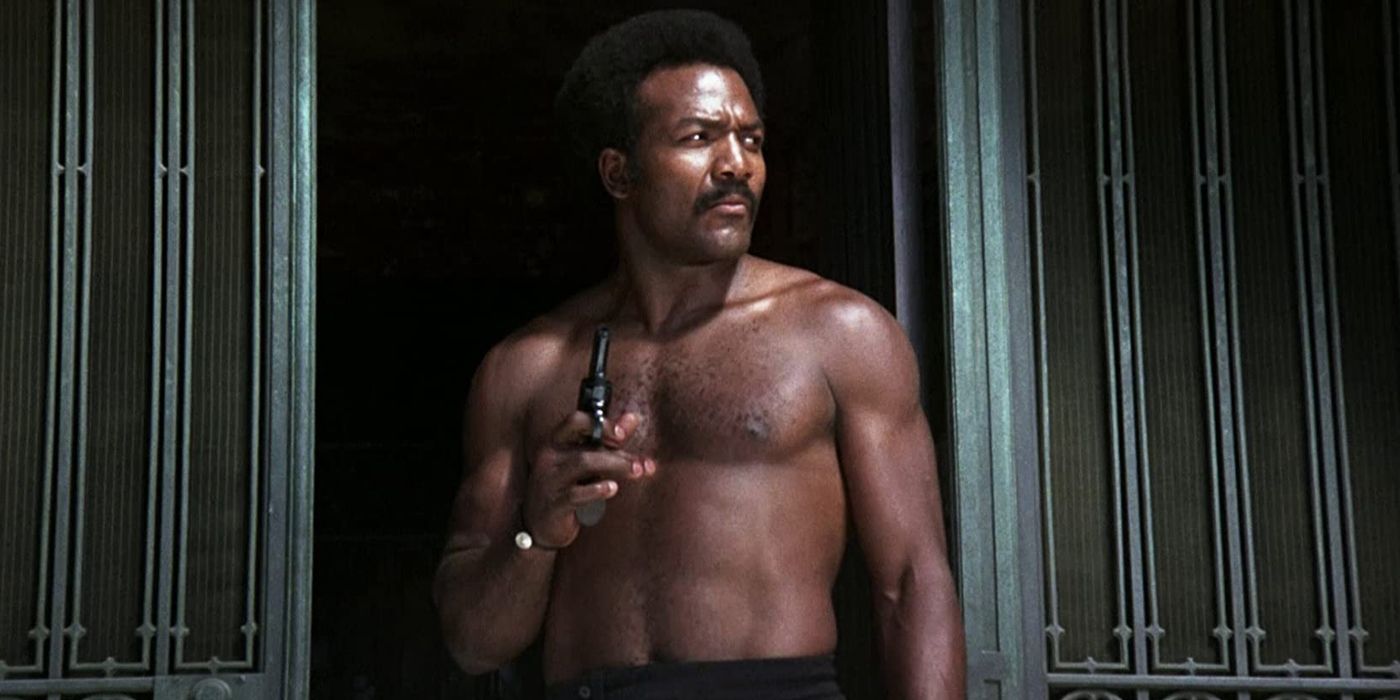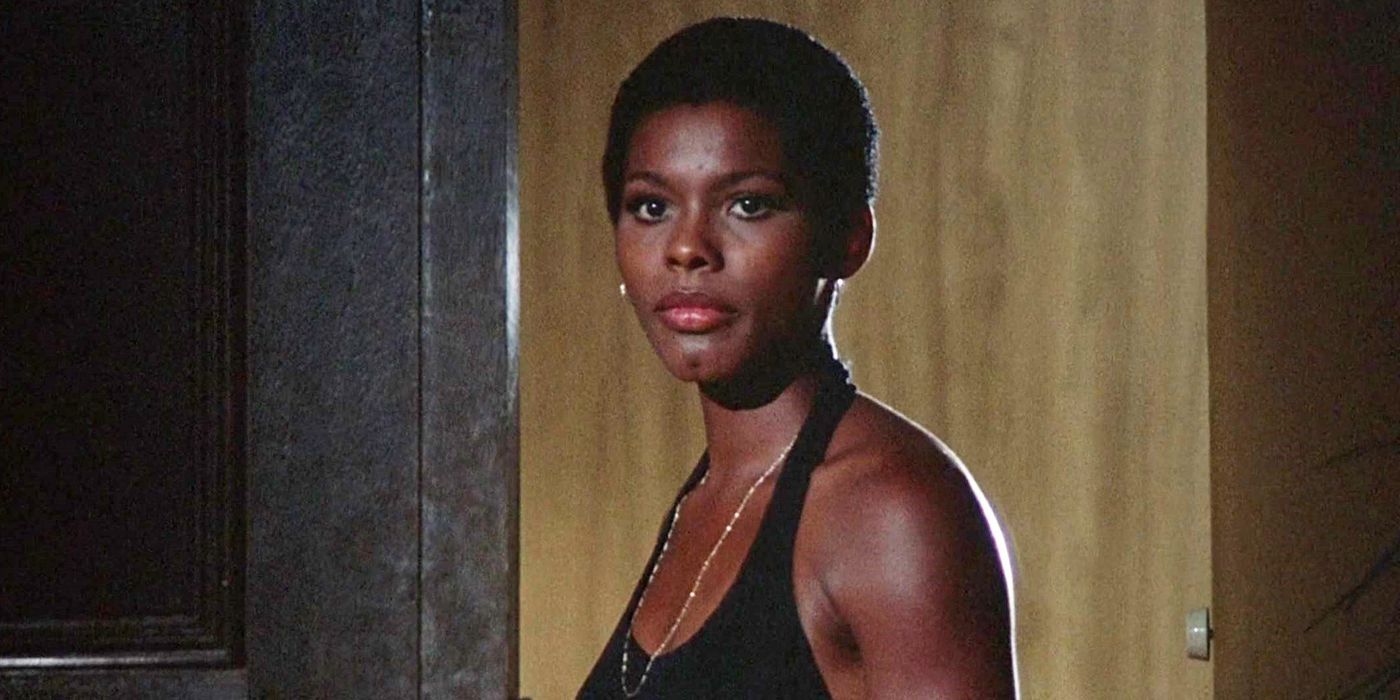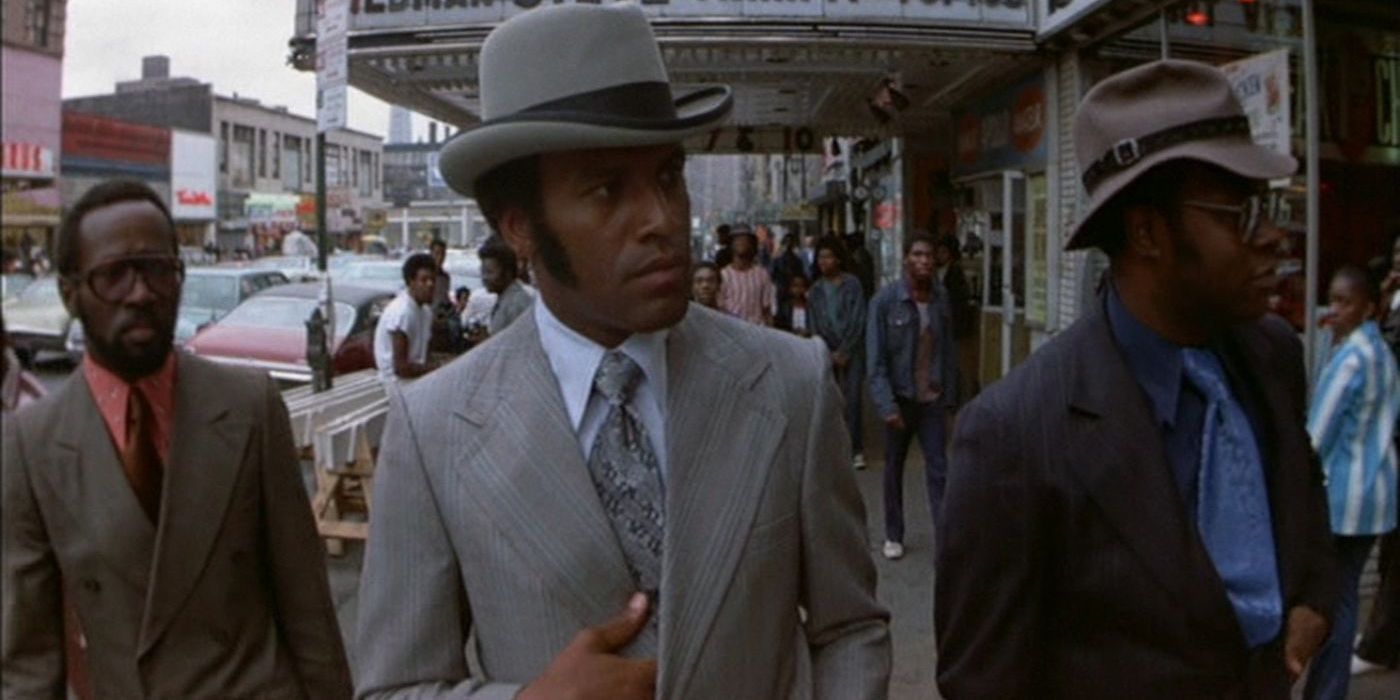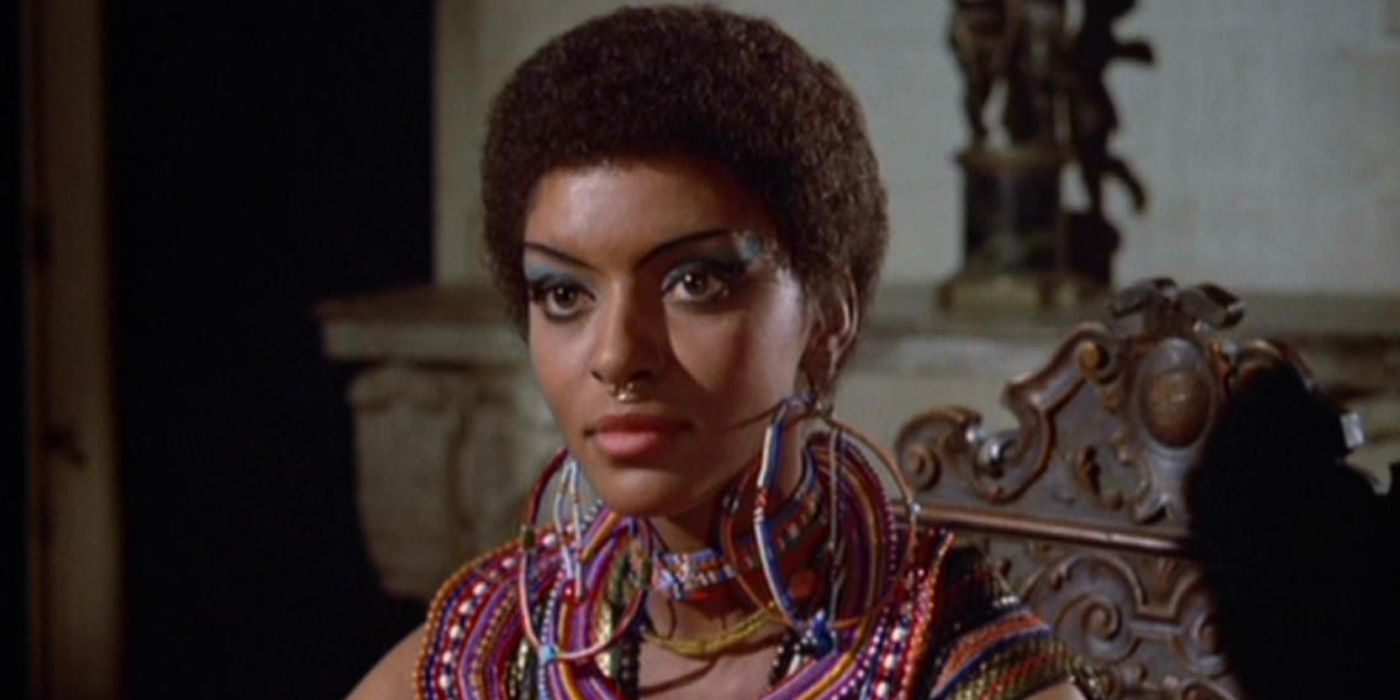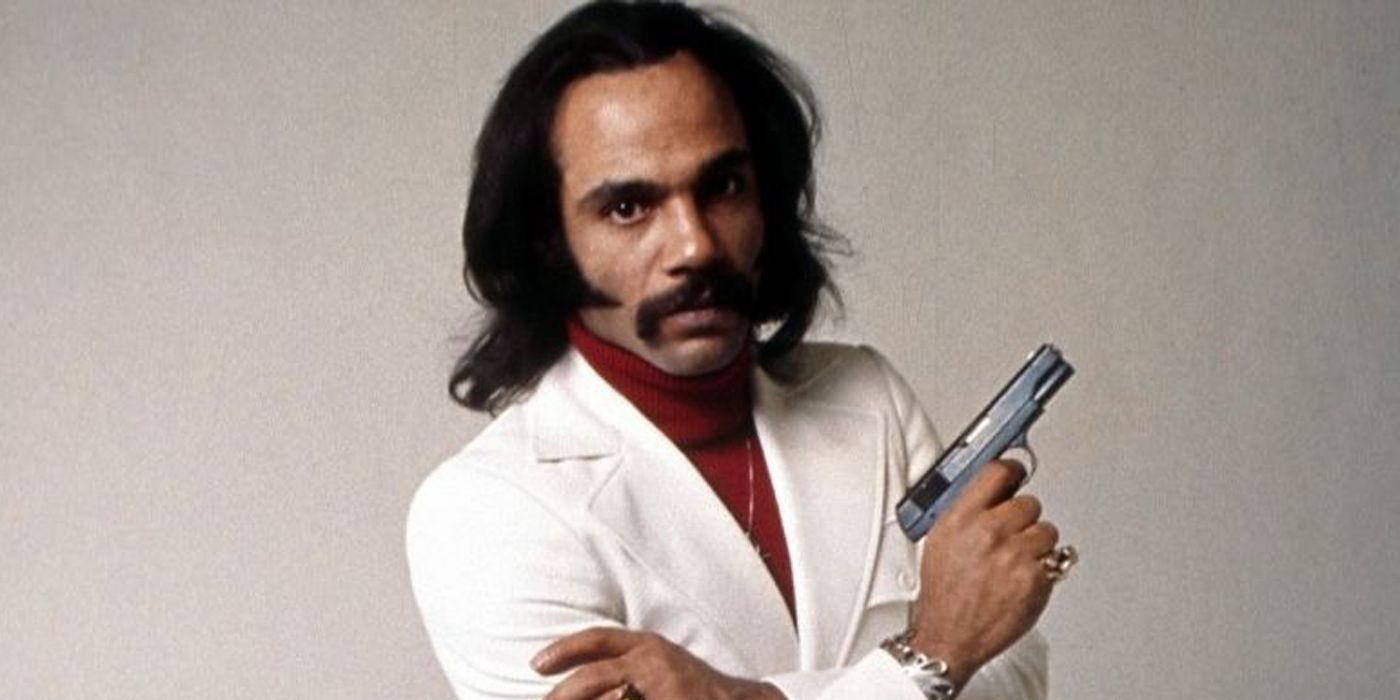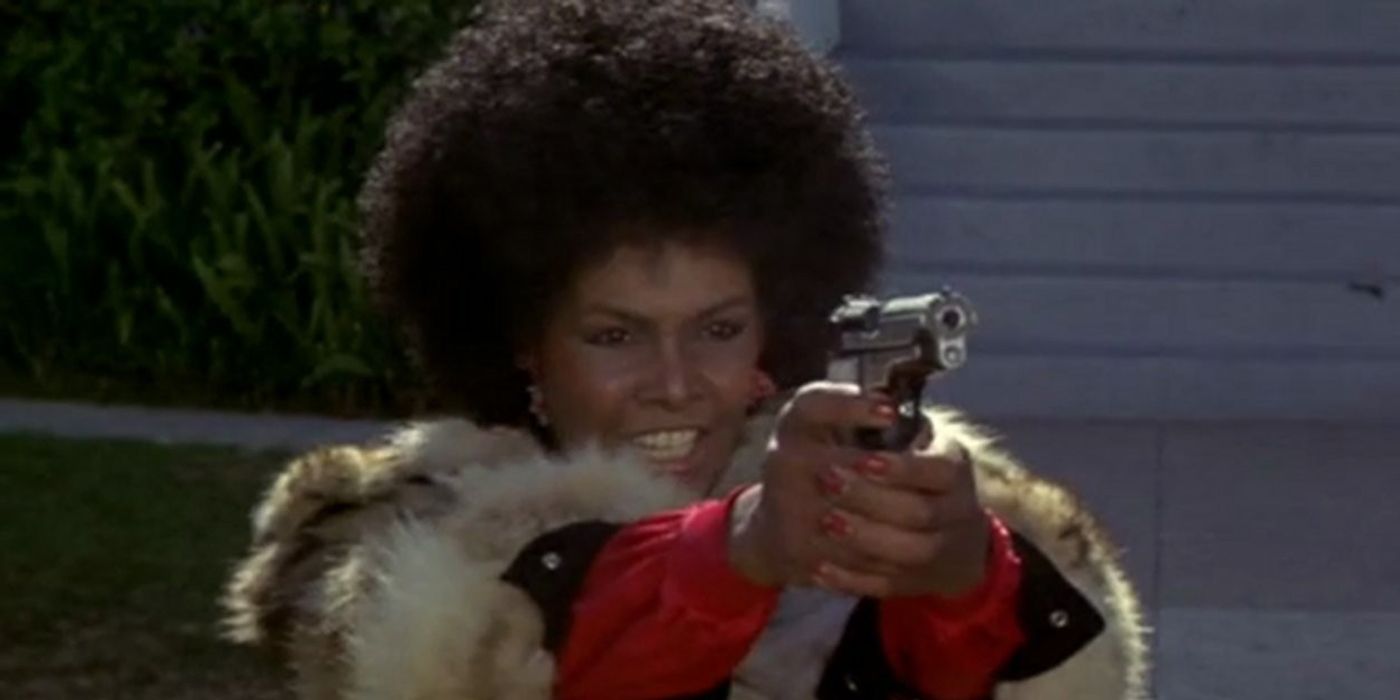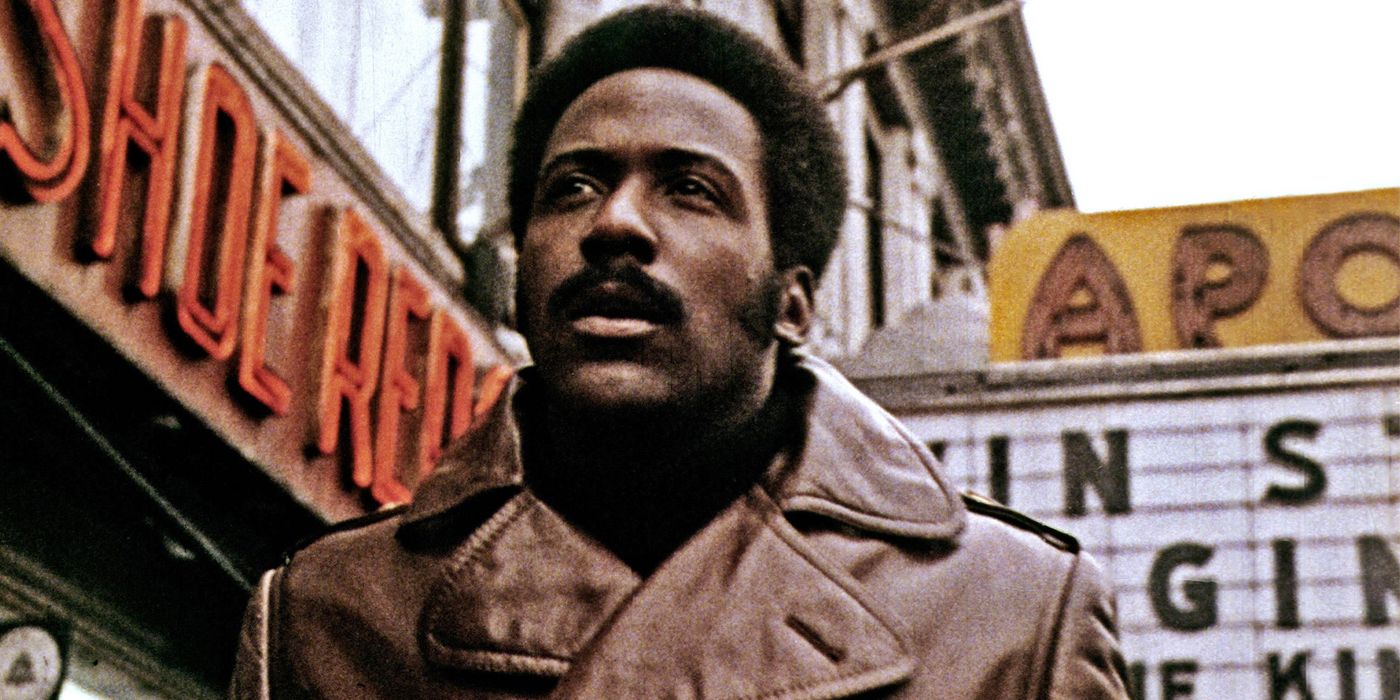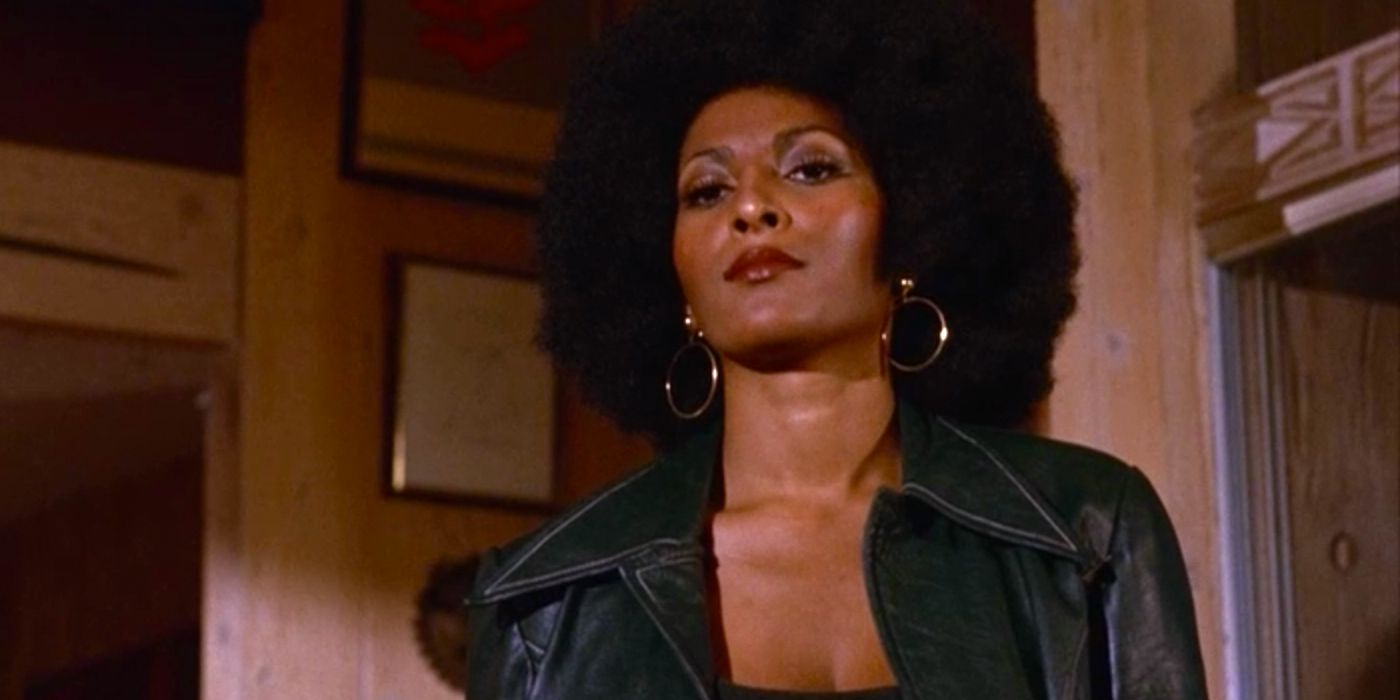The blaxploitation genre broke many barriers. Sidney Poitier paved the way in the 1960s by becoming a bankable leading man and the first African American to win the Best Actor Oscar. In the 1970s, the genre gave birth to many Black actors and actresses who were given a chance to show their skills, and many would become icons of Black cinema and TV. Even today, film and television are becoming more and more diverse, though it still has a long way to go.
Sweet Sweetback's Badass Song sounded the call and films such as Superfly and Shaft led the charge. While many people believe that blaxploitation films only served to reinforce negative stereotypes of Black people, others see them as empowering in the way that allowed Black actors to have a voice in Hollywood during a time when they struggled to get prominent roles. These films and the ones that followed ushered in a new wave of men and women who burned across the screen with their talents.
Thalmus Rasulala
Gone too soon at only 51, and having one of the great names in all of cinema, Thalmus Rasulala made his mark in the blaxploitation genre by co-starring in films such as Cornbread, Earl and Me, Bucktown, and Adios Amigo. His most notable roles came playing Pam Grier's lover in 1975's Friday Foster and as Van Helsing in 1972's classic, Blacula.
Rasulala's work was infused with determination and he would continue in a successful character actor career. Until his untimely death in 1991, Rasulala worked with actors such as James Coburn and Charlton Heston, starred as Steven Segal's boss in the 1988 cop thriller Above the Law, and found great work on TV in the groundbreaking miniseries Roots and the series Star Trek: The Next Generation.
Marlene Clark
With such films as Night of the Cobra Woman, Slaughter, and Black Mamba, Marlene Clark became a mainstay of the blaxploitation genre. With her film Ganja & Hess, she became a horror icon. The story of two lovers and their addiction to blood, due to a cursed voodoo knife became a classic for the horror and blaxploitation genres, with her performance receiving good notices from critics.
Clark's versatility was put to great use in many films, as she was a classically trained actress who flawlessly traversed the genres of drama, action, and horror.
Jim Brown
A mainstay in blaxploitation films, Jim Brown was an ex-professional football player who began acting in films with stars such as Gene Hackman, Lee Marvin, and Burt Reynolds. Already making a name for himself in Hollywood, Brown started his blaxploitation career with the successful film Slaughter, in which he played an ex-Green Beret who takes on the mob and crooked government agents. The film was followed by a sequel, Slaughter's Big Rip-Off, one year later.
The actor would continue his climb to blaxploitation superstardom, in films such as Black Gunn, Three The Hard Way, One Down Two To Go, and the exciting mixture of blaxploitation and Spaghetti Western, Take a Hard Ride. Brown's mellow but tough persona, along with his incredible physique, made guys cheer and women swoon. Jim Brown became the most culturally influential of all the male blaxploitation actors from the 70s, due to his activism.
Gloria Hendry
Gloria Hendry became a star with her performance as a Bond Girl in 1973's 007 adventure, Live and Let Die, which was, itself, a blend of a Bond film and a blaxploitation pic. Already having co-starred in the classic Across 110th Street the year before, Hendry used her skills in the Blaxploitation films Black Caesar, Slaughter's Big Rip-Off, Hell Up In Harlem, Black Belt Jones, and Savage Sisters.
Hendry's ability to play smart, sexy, and tough allowed her to be versatile in her role choices, making her a valuable part of the blaxploitation cinema experience and an influential actress for many African American women artists. Beyonce has claimed Hendry as an influence when creating her albums.
Fred Williamson
A blaxploitation legend, Fred Willaimson did more films in the genre than anyone else. After making his film debut in the 1970 classic M.A.S.H., Williamson starred in 20-plus blaxploitation films from 1971 through 1982, the year the genre began to fade. His biggest hits include Black Caeser, Hell Up In Harlem, Three the Hard Way, and Boss.
Williamson directed many of his own films, becoming an important director of the genre along with one of its biggest draws. Due to his contributions to Black Cinema, Williamson is considered one of the most important Black filmmakers. His signature sense of humor and extra-long cigar became his trademark and continue to be a part of his persona to this day.
Vonetta McGee
Vonetta McGee became a blaxploitation superstar when she played the female lead in the 1972 classic Blacula. Her good notices for her performance and success of that film led her to do more hit films in the genre, including Detroit 9000, Shaft in Africa, and Fred Williamson's Hammer.
Hendry had an old-style Hollywood persona and she could give the kind of performances that weren't normally seen in the genre. The actress would go on to star with Clint Eastwood in his self-directed and highly underrated 1975 film, The Eiger Sanction, going on to a successful television career with her co-starring roles in the series Cagney & Lacey and L.A. Law.
Ron O'Neal
With Superfly, Ron O'Neal became the most controversial of all the blaxploitation anti-heroes. Here was a man who had audiences cheering him on, yet he was a pimp who abused women and cocaine. Whatever side of the fence one is on, there is no denying the power of the film, Curtis Mayfield's tremendously influential soundtrack, and the presence of Ron O'Neal. The actor made his character "Priest" a sort of cool, urban, James Bond-ian character who suffered no fools.
Priest stuck it to "The Man" and the mob when they tried to make him their slave. O'Neal went on to The Actor's Studio and his method acting ways helped him to shape one of blaxploitation's most riveting characters and performances. While Superfly and its sequel Superfly T.N.T. (which O'Neal also directed) were the only blaxploitation films he would star in, his contribution to the genre is forever cemented by creating a classic character in one of its biggest and most respected films.
Tamara Dobson
With Cleopatra Jones and its sequel Cleopatra Jones and the Casino of Gold, Tamara Dobson solidified her place as one of the queens of the blaxploitation genre. Both films were big hits and widely respected, with the first film making almost every "Best Blaxploitation Film" list.
Dobson didn't stay in the genre. After her two films, she bowed out, making a living in television. Her persona is forever cemented due to her portrayal of Jones as a fast-talking, kung-fu fighting, gun-toting government agent who walked tall and let everyone know she was the baddest person in the room.
Richard Roundtree
The most iconic of all blaxploitation characters is John Shaft. The extremely popular Shaft was the film the took the reigns and led the genre to a decade of popularity, setting the tone for the modern Black hero.
Richard Roundtree (in his very first film) was the epitome of stone-cold cool as the tough private eye. His performance was nuanced, tough, sexy, and cool. He would repeat the role in the film's two sequels Shaft's Big Score! and Shaft In Africa, and later on two seasons of the Shaft television show. The actor and character remain icons to this day.
Pam Grier
The undeniable queen of blaxploitation cinema, Pam Grier burned across movie screens, paving her own path to stardom. Starring in 13 films from 1971 to 1974, Grier had a string of hits, with Coffy, Friday Foster, The Big Bird Cage, and her crowning jewel, Foxy Brown.
Grier became a sex symbol and a star but, most importantly, she could act, and she turned her time in the genre into a decades-long career that continues to this day. On the screen and in person, the actress never shied away from her sexuality nor her tough and tender sides. In 1997, Quentin Tarantino paid homage to both the genre and to Grier herself by casting her in the film that would show modern audiences the depth of her acting skills, Jackie Brown.

